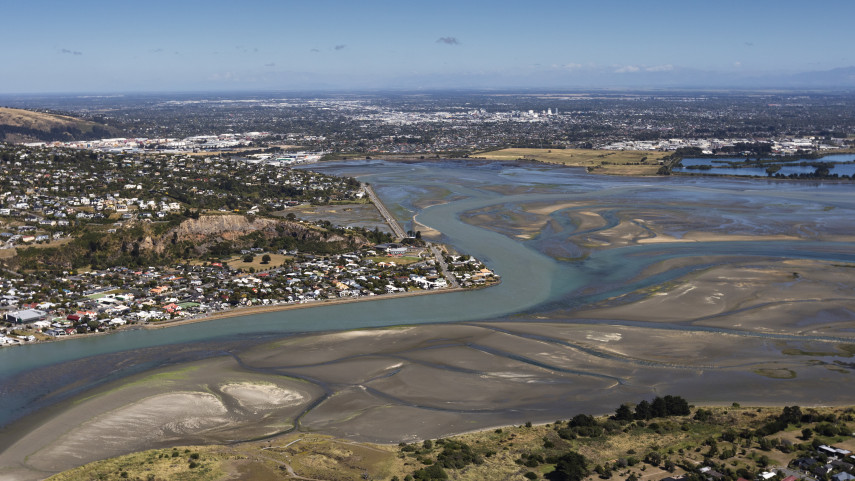Water quality and ecological health
Ihutai-Estuary and Coastal catchment is a populated residential area and waterways are affected by urban land uses. Sediment from rural parts of the Port Hills also travels along waterways to the Ihutai.
Contaminants including bacteria and metals collect in the estuary, and the presence of nitrogen and phosphorus has caused excessive aquatic weed growth in the past. Their presence may still contribute to the amount of algae and weed in Ihutai.
During rainfall the City Outfall Drain, like many Christchurch urban spring-fed rivers, does not meet the indicator water quality values in the Land and Water Regional Plan.
Ihutai is recognised as a site of ecological significance in the Christchurch District Plan. It provides important feeding grounds for native migratory birds including the South Island pied oystercatcher, black-billed gull and white-fronted tern.
Flooding risks
Low lying houses in the catchment can be flooded in large rainfall events and some coastal streets experience tidal flooding. Land subsidence during the 2010/11 earthquakes has increased the flooding vulnerability of some properties.
Sea walls built to protect inland areas from waves and tidal waters can also have the effect of preventing the flow of stormwater away from low-lying areas. This can lead to ponding near the coast.
The Council has separately initiated a programme of coastal hazards adaption planning, dealing with sea level rise, tidal flooding and shoreline erosion. The first phase of work with communities will begin in Whakaraupō/Lyttelton Harbour in 2022.

